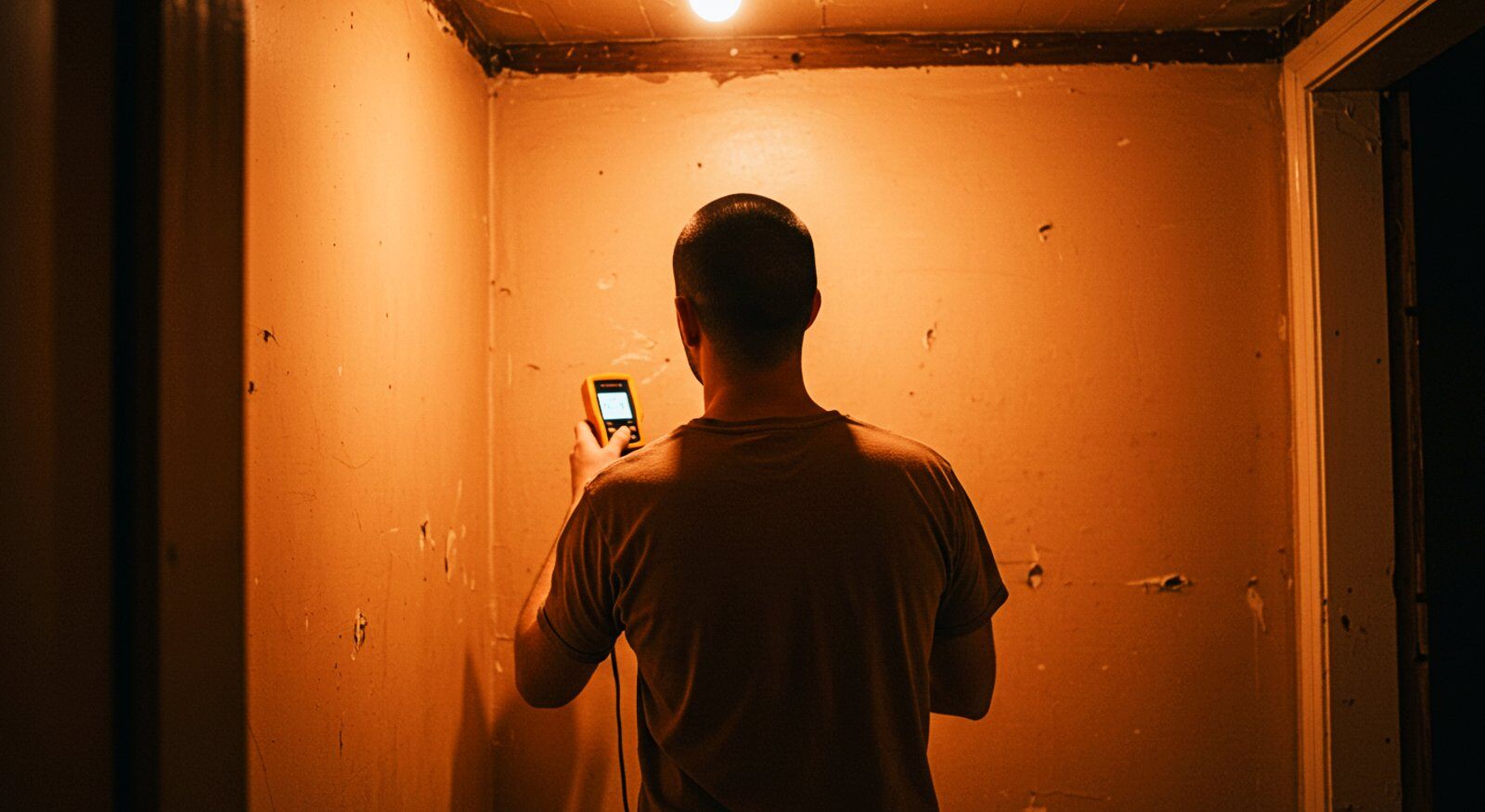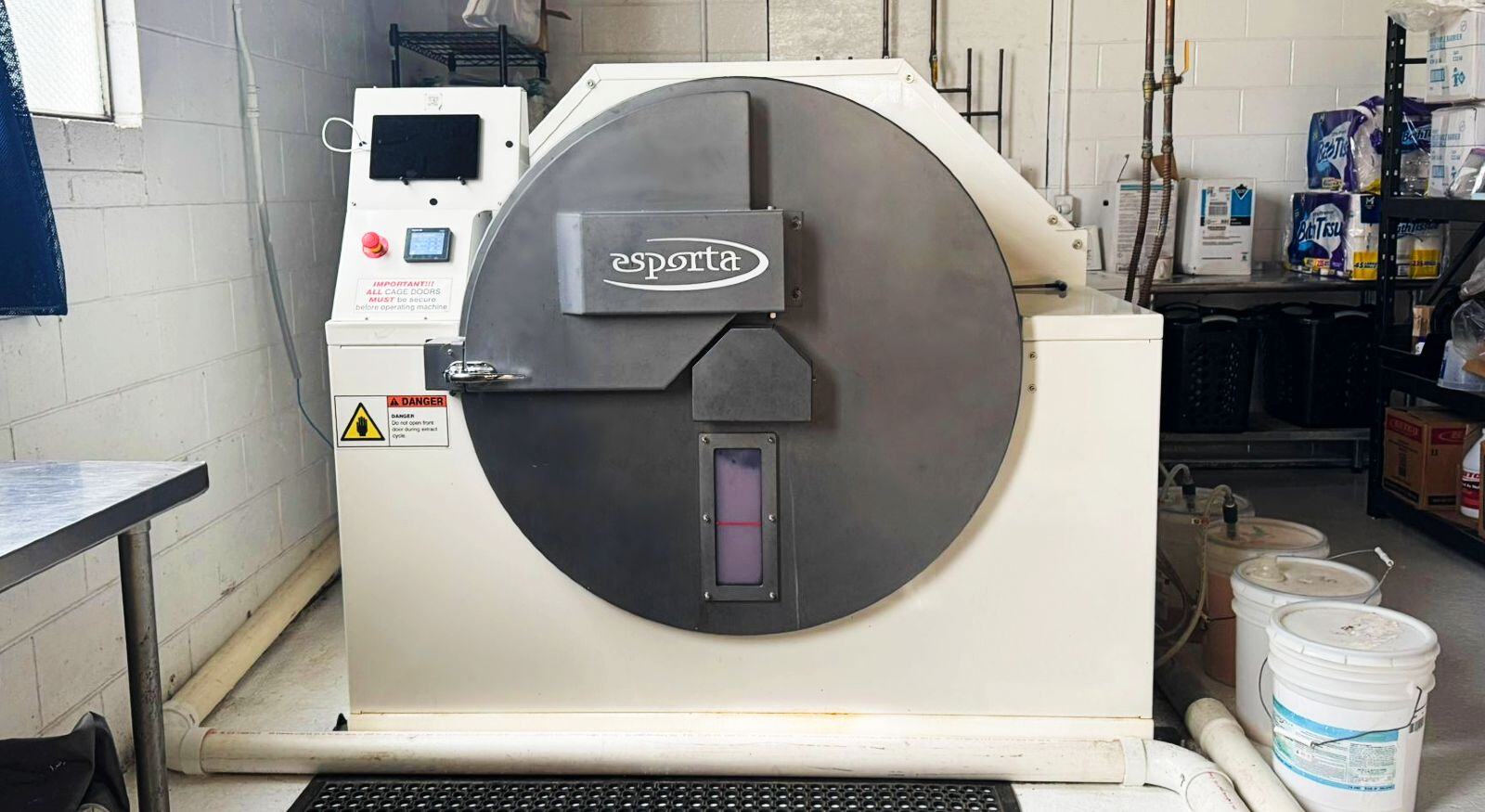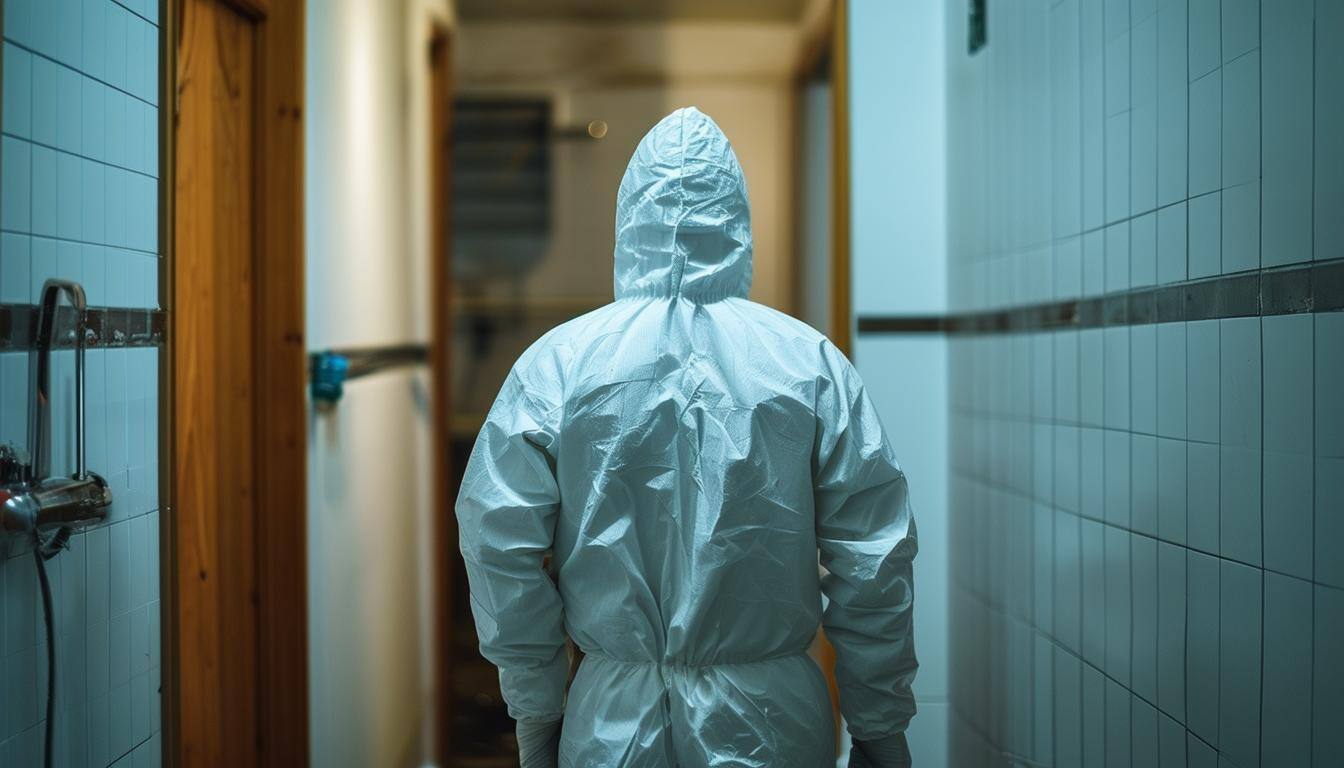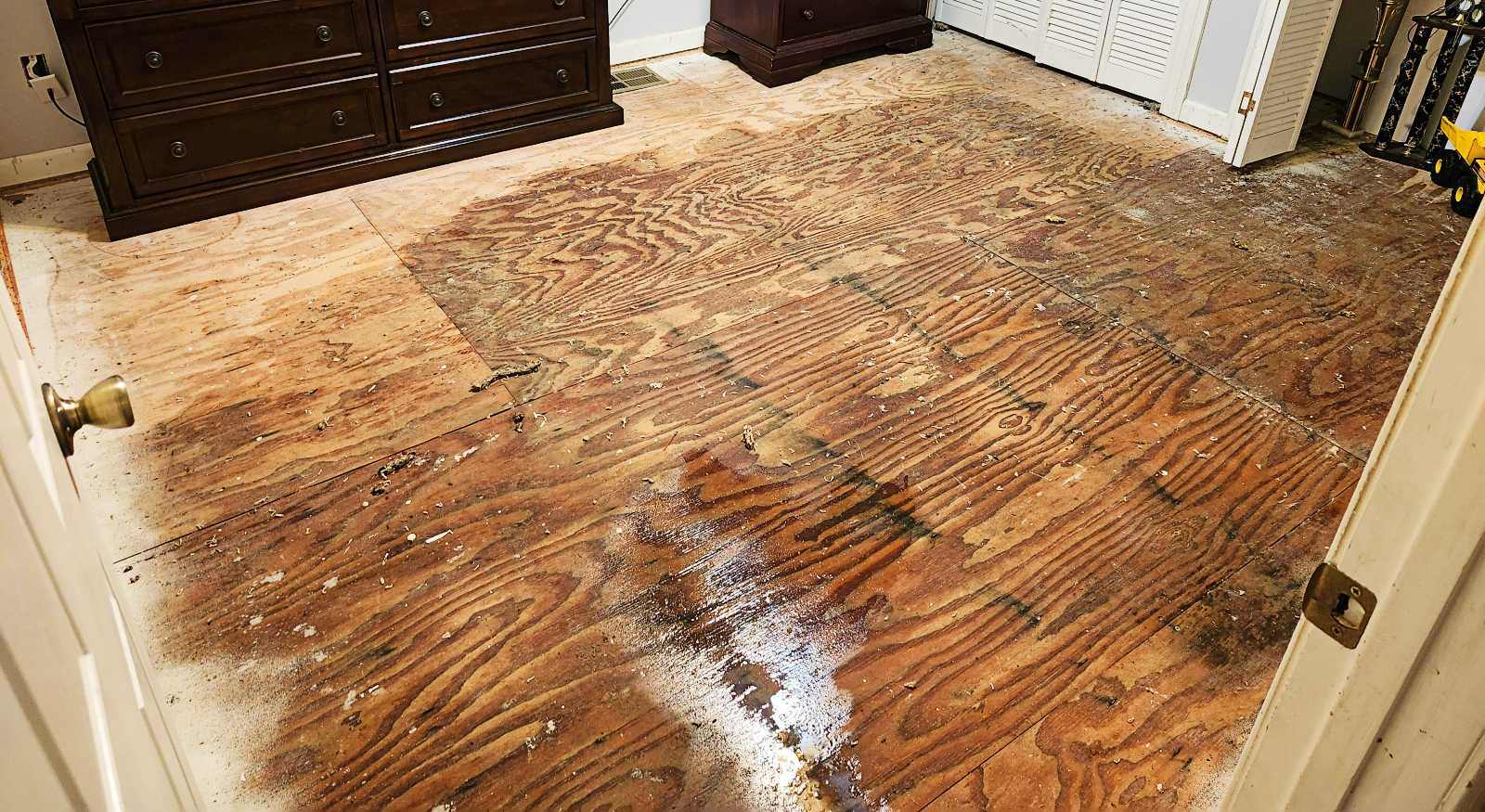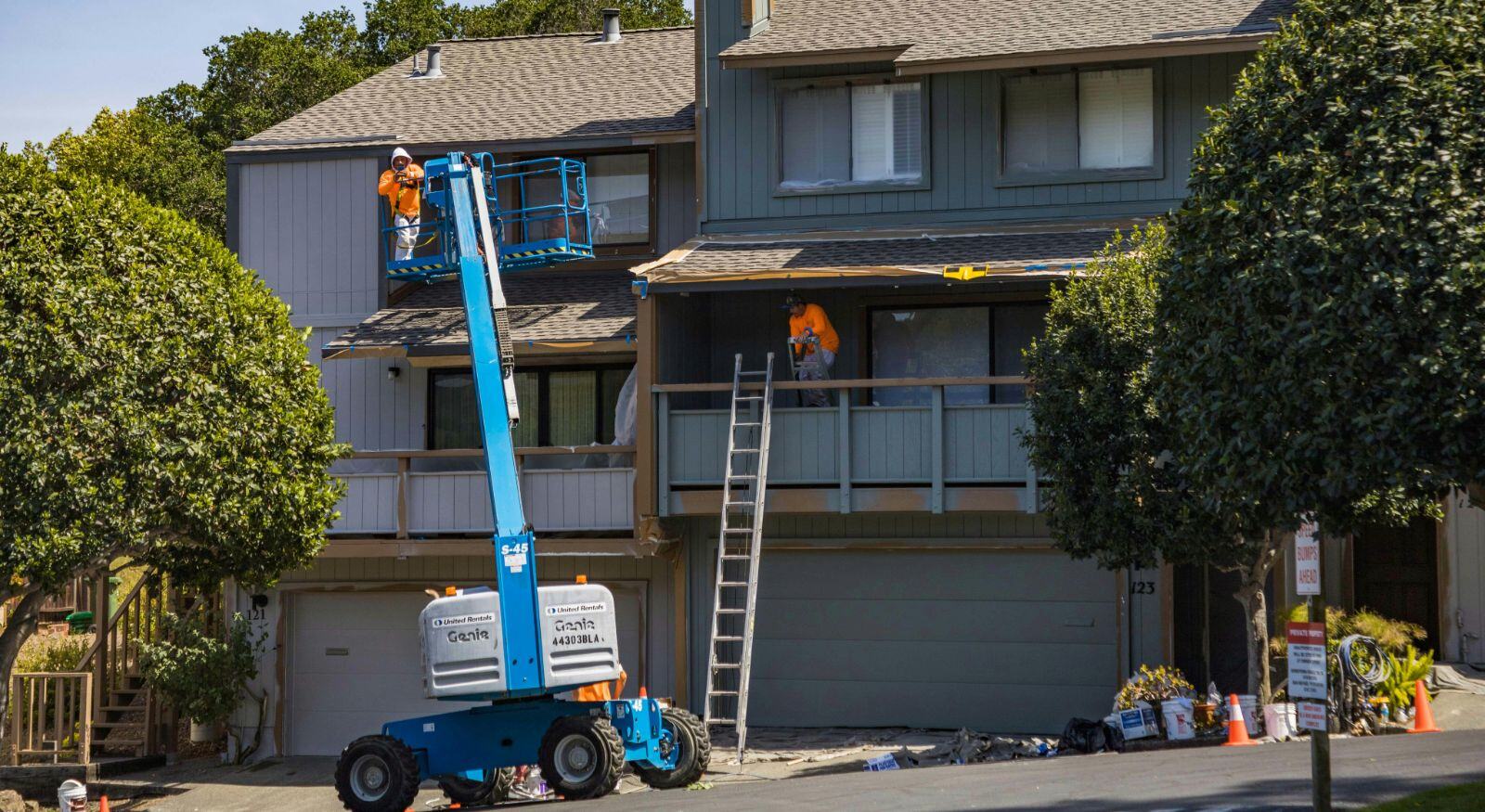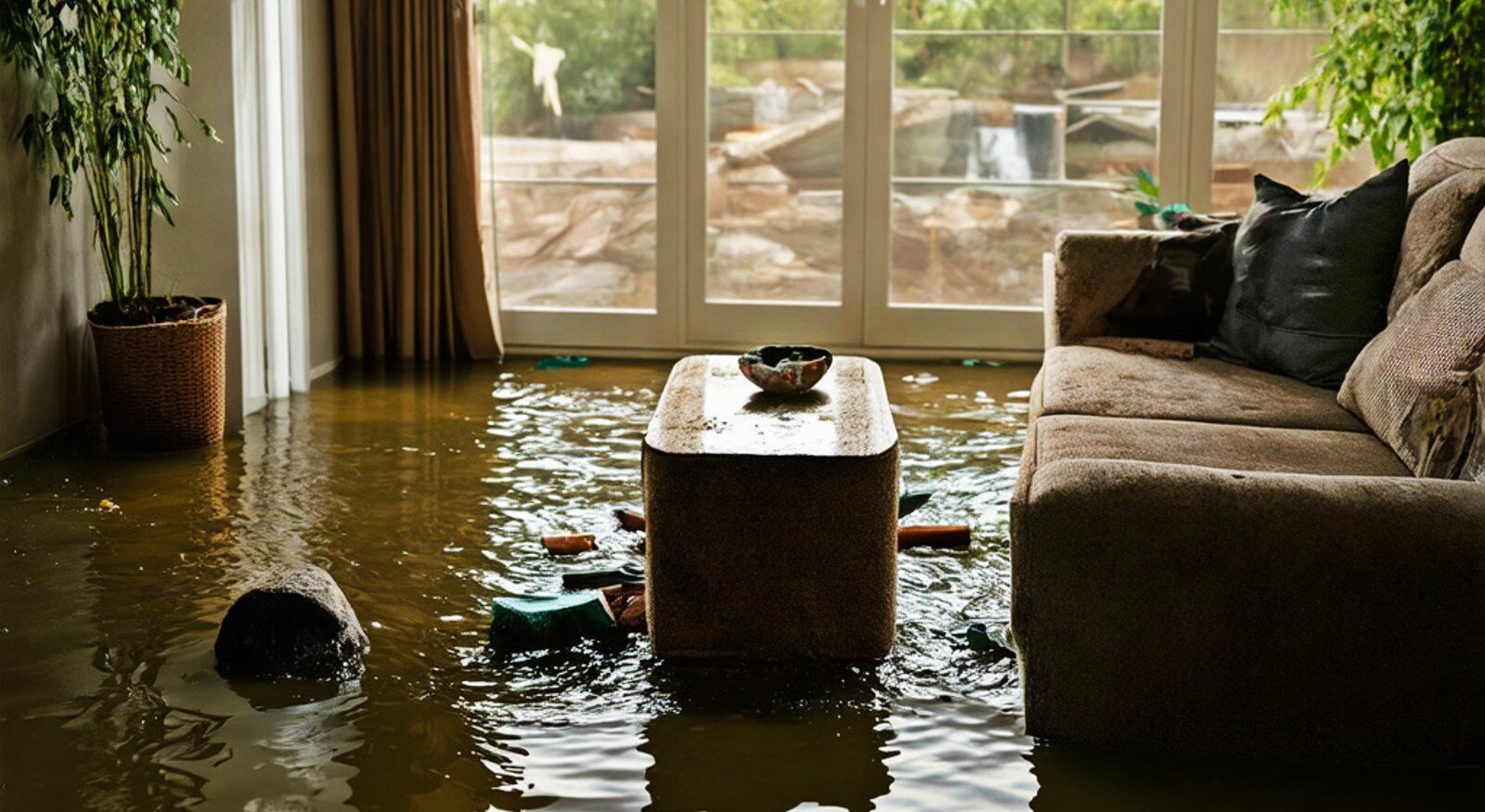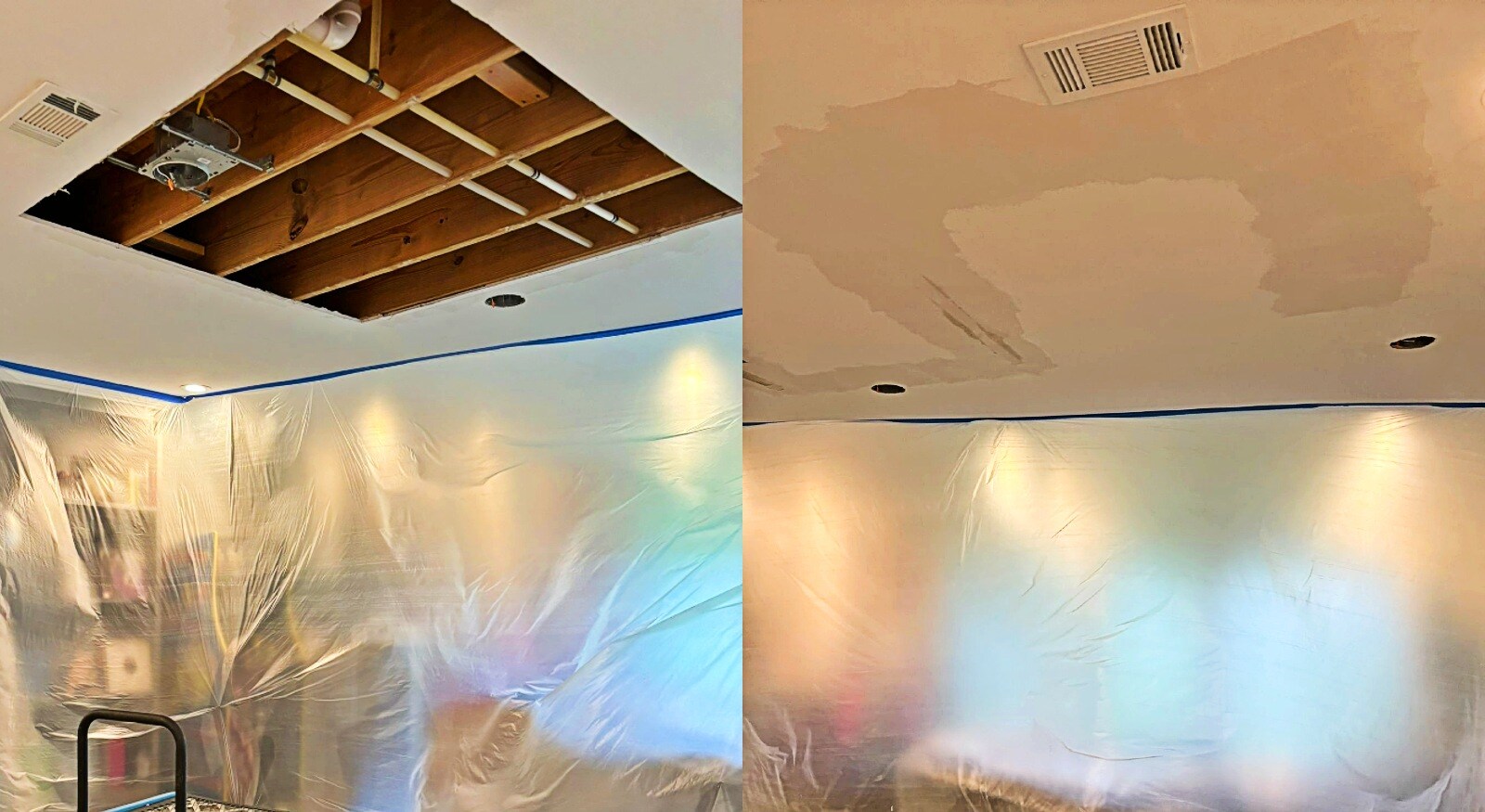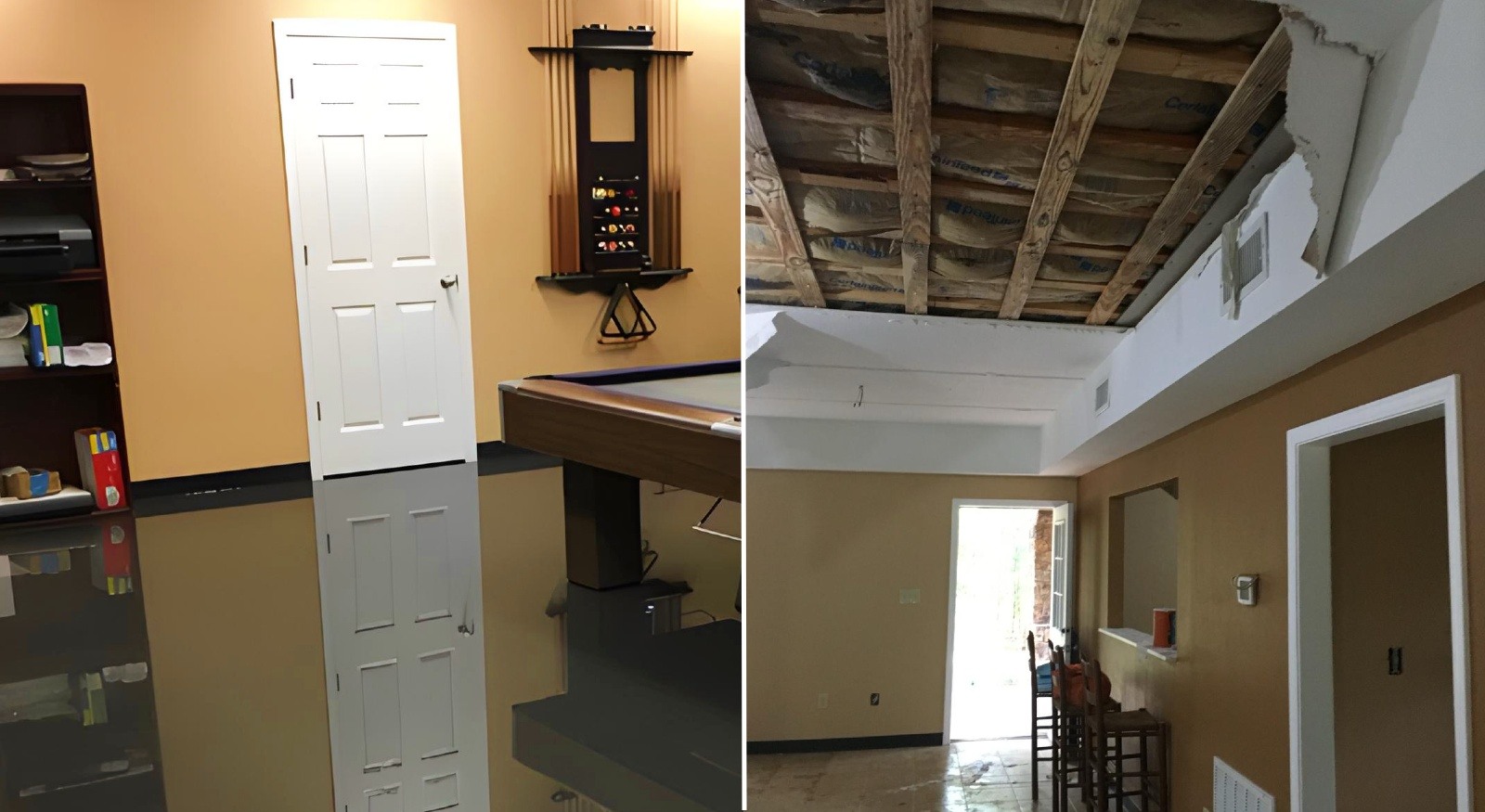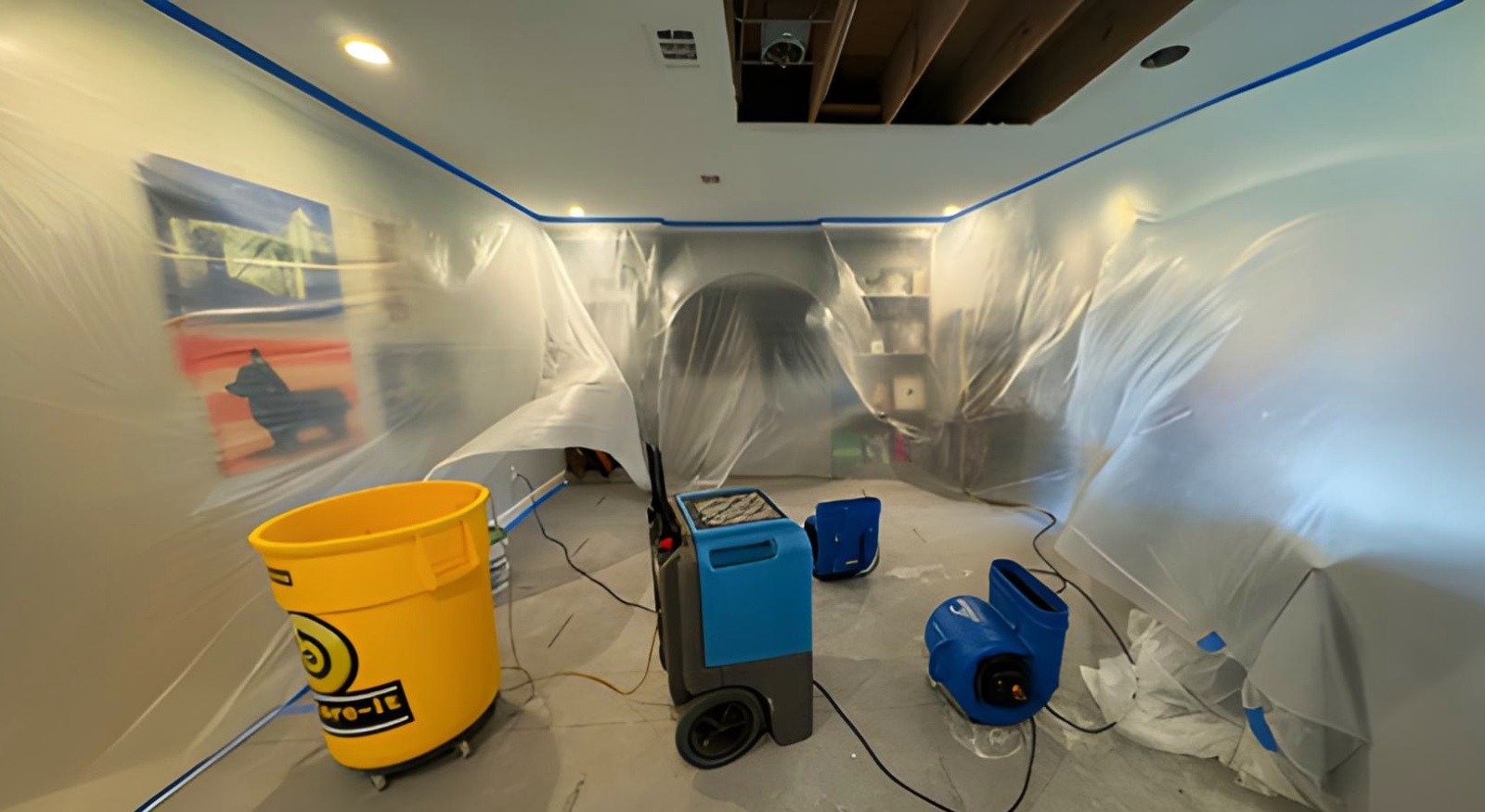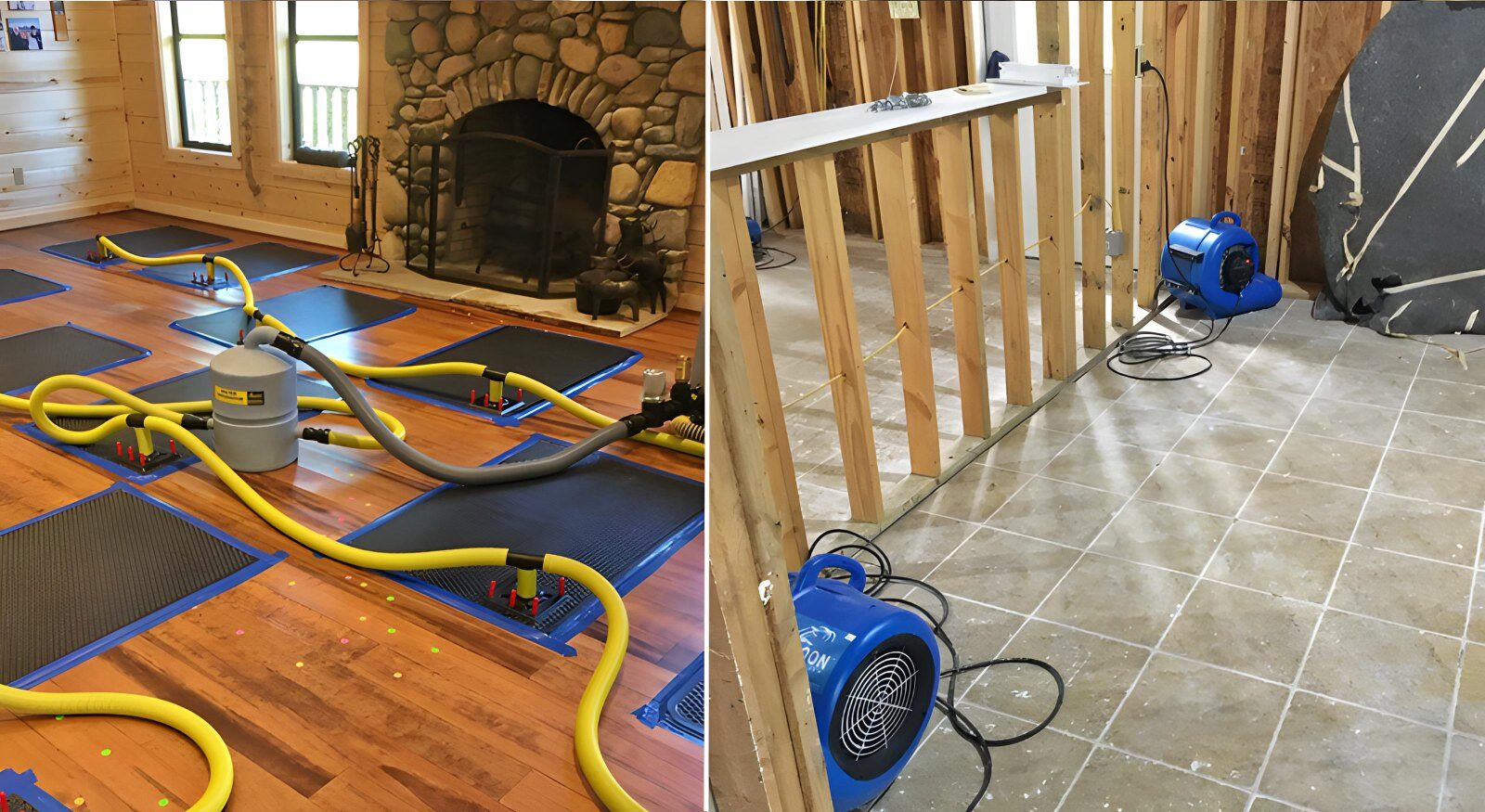Water Damage: What If My Stuff Cannot Be Restored?
June 6th, 2025
4 min read
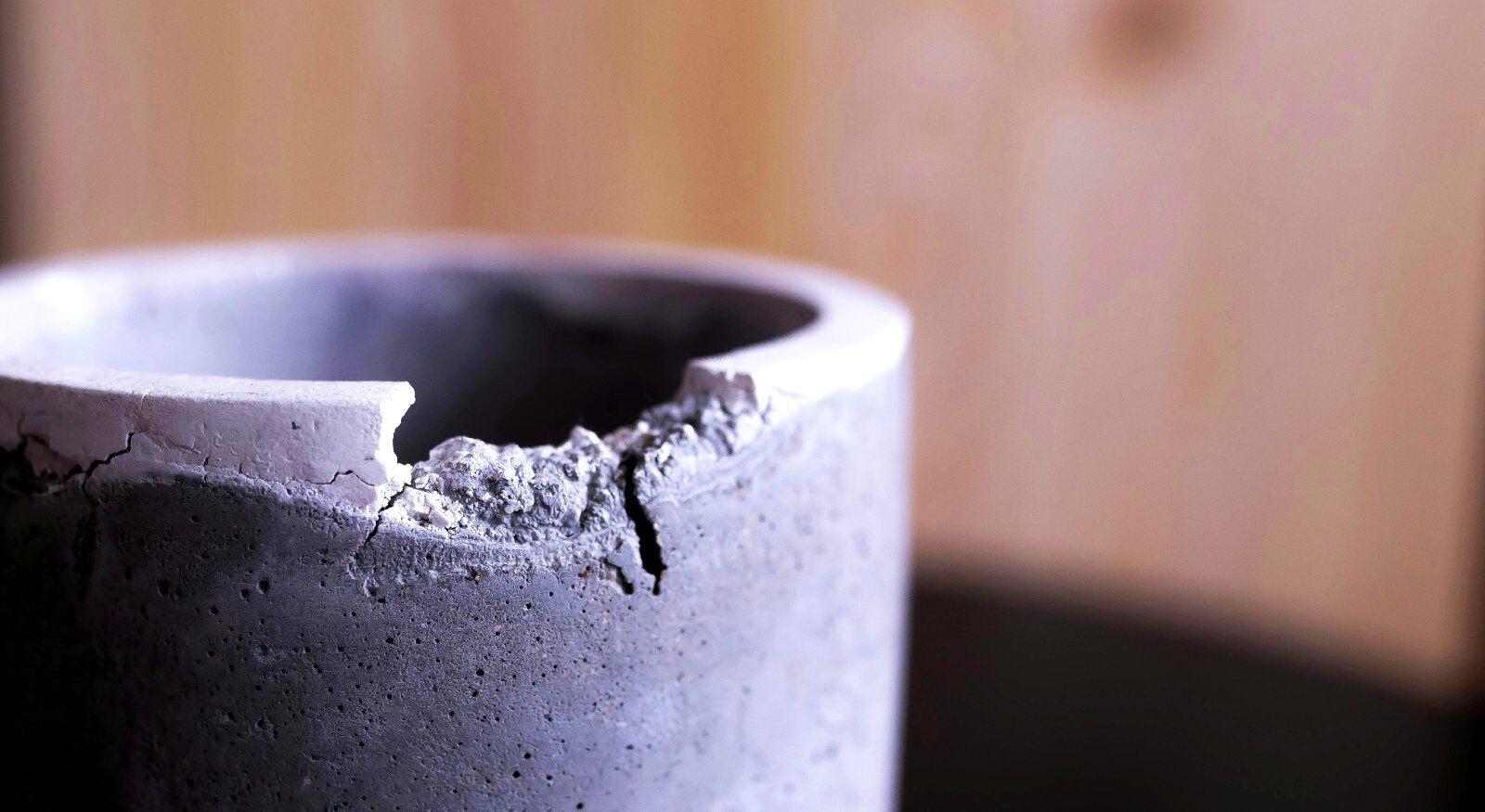
Whether in the form of a flooded basement or a leaky pipe, the harsh reality is that dealing with water damage in your home can be very tough on an emotional level. While restoration companies can help you get your property back to normal, have you ever wondered what happens when something cannot be replaced?
Over a decade of experience has taught us about homeowners' most common doubts and concerns in the aftermath of a water damage scenario. And this time, we will explain everything you need to know about removed materials or belongings.
Let's explore how water damage can affect your materials and what we do when they can no longer be restored. In this article, we will go over different topics. From what happens when we need to remove or eliminate something to what you can expect regarding your insurance company. Let's get started!
The Limits of Water Damage Restoration
Look, we are not gonna sugarcoat it. Sometimes, despite our team's hard work and everything our equipment can do, you might need to say goodbye to some of your property. Now, we are not trying to scare you, but we must be honest about it. Thankfully, there are very specific scenarios in which this happens. Let's break them down:
- Extensive Structural Damage: If the water damage has severely compromised the structural integrity of the building material or belongings, then restoration might not be possible. It's like trying to rebuild a sandcastle after a tidal wave – sometimes, the foundation is just too far gone.
- Irreplaceable Items: Some items, like antique furniture, family heirlooms, or valuable documents, simply can't be restored to their original condition. While we can often salvage and clean most items, in this scenario, they might not come back the same as they were before the damage.
- Mold Infestation: Restoration might be impossible if water damage has led to a severe mold infestation. This is particularly true with porous building materials like drywall. According to the EPA, mold can grow in the empty spaces and crevices of these materials, making it impossible to remove the mold. The only alternatives are demolition and reconstruction. Just like dealing with termites, sometimes, you must remove the whole structure to eliminate the problem.
- Cost vs. Value: Now, this is less about whether we can restore it and more about whether it's worth it. Your boy's first baby clothes were affected? The cleanup may cost more than getting new ones, but restoring them is like restoring a memory. Invaluable. In this case, it's up to you if you are willing to go over the property's value to restore it. Sometimes, it may make more financial sense to focus on rebuilding rather than trying to restore what's been lost. Other times, the sentimental value is far greater. At the end of the day, the choice is yours.
Navigating the Options
When cleaning up and repairing are insufficient, it's time to explore alternative solutions. This might involve:
- Demolition and Reconstruction: If the damage in your building materials is extensive, we might need to demolish and rebuild certain sections of your home. This can be disheartening, but it's often the best way to ensure a safe and structurally sound home. Think of it like starting with a fresh canvas – you have the opportunity to rebuild stronger and better than before.
- Content Replacement: If your belongings are beyond repair, it might be necessary to replace them. This can be an emotional and financial challenge, but it's important to remember that your safety and well-being are the top priorities. Focus on replacing essential items first, and gradually rebuild your collection of belongings over time.
- Insurance Claims: If you have homeowners insurance, you should file a claim immediately. Your insurance policy might cover the cost of repairs, replacement, or even temporary housing if your home is uninhabitable. Working with a reputable restoration company can help streamline the insurance claim process and ensure you receive the maximum benefits you're entitled to.
- Emotional Support: Dealing with losing belongings can be emotionally challenging. Don't hesitate to seek support from friends, family, or even a therapist. Remember, you're not alone in this journey, and there are resources available to help you cope with the emotional toll of a disaster.
What to Expect From Your Insurance
Navigating the insurance world can feel like trying to solve a Rubik's Cube blindfolded. But don't worry! We're here to shed some light on what to expect and what to do to ensure a smooth process.
Step 1. Document Everything (Photos, Videos)
Take photos and videos of the damage, including your belongings and any affected structural components. This will be crucial evidence when filing your claim.
Step 2. Call Your Insurance Company ASAP
Once you've documented the damage, contact your insurance company as soon as possible. Many policies have time limits for filing claims, so don't delay.
Step 3. Expect an Adjuster Visit
Your insurance company will likely send an adjuster to assess the damage and determine the extent of your coverage.
Step 4. Understand Your Coverage
Every insurance policy is different, so it's crucial to understand your specific coverage. Some policies cover the full replacement cost of your belongings, while others only cover the actual cash value (which factors in depreciation). Similarly, your policy might limit coverage for certain types of damage or events, such as floods or mold.
The insurance company must review your claim, assess the damage, and determine the payout. Depending on the situation's complexity, this can take weeks or even months.
Step 5. Rebuilding with Confidence
Once your insurance claim is settled, you can begin the rebuilding process. This might involve replacing belongings, repairing structural damage, or even relocating if your home is uninhabitable. Working with a trusted restoration company can help ensure the rebuilding process is smooth, efficient, and stress-free.
Moving Forward With Restore-It
So, there you have it. Remember that even when facing the heartbreak of irreplaceable losses, you're not alone on this journey. Learning about the limits of restoration and options will allow you to make a calculated and informed decision when needed.
If you are looking for a partner to help restore your home from water damage, look no further! At Restore-It, we're not just restoration experts but your partners in reclaiming your home and your life. Contact us today, and let's work together to turn this challenge into a triumph.
Topics:








